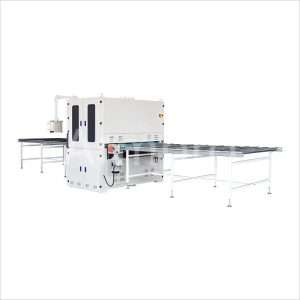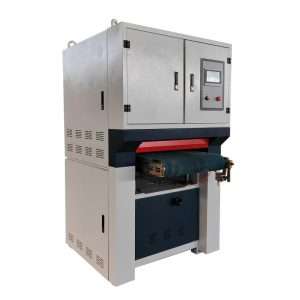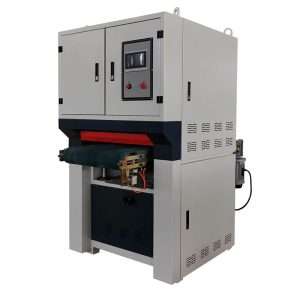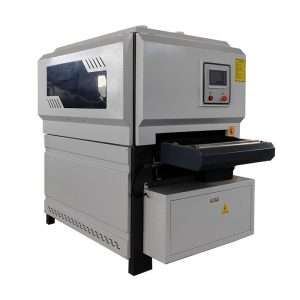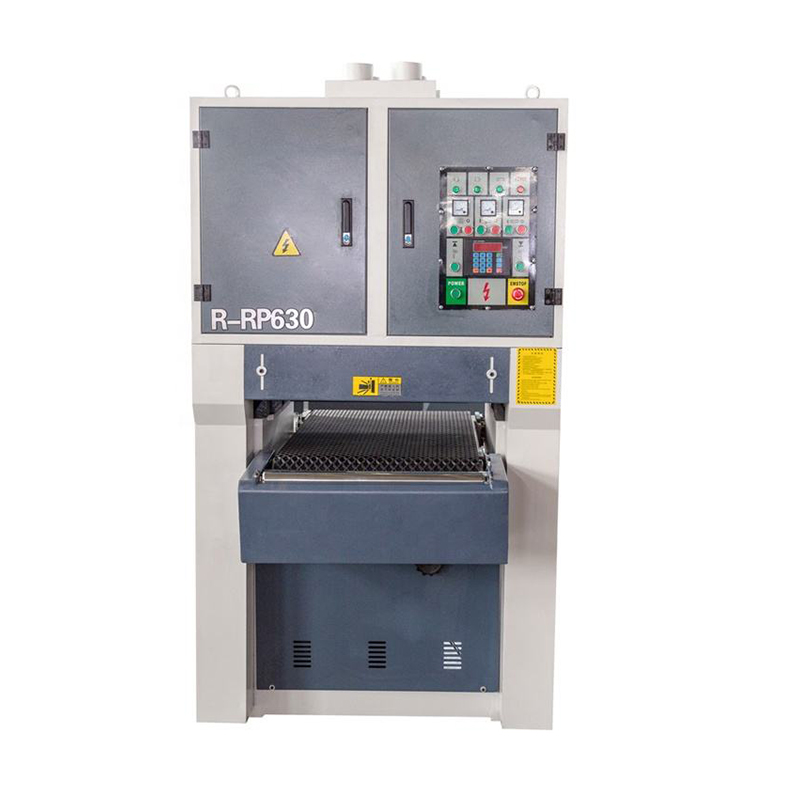Choosing the best abrasive grain type for your sanding application
Introduction
Sanding, grinding, and polishing materials are made from abrasive grains, a widely used component in metal and woodworking industries.
The type of abrasive grain that is used determines the performance of the tools, the finish produced on the surface, and the durability of the tools. In this article, you will learn how to choose the best abrasive grain type that suits your specific needs.
It is important to understand what kind of grains are available on the market and how each of them can positively or negatively affect the overall performance and the final finish of your project. The direction of selecting an appropriate abrasive grain allows for achieving greater accuracy and reducing costs.
1. Understanding Abrasive Grains
What are Abrasive Grains?
- Sandpapersor any item that has an abrasive surface consists of small and hard particles that serve to grind or erode objects, tools, etc.
- They are utilized for operations such as cutting, grinding, and finishing by removing material from the surface of the workpiece.
- Silicon carbide abrasive grainsare available in different forms and each possesses varying hardness, sharpness, and other cutting abilities.
Common Uses of Abrasive Grains
- Woodworking: Abrasive grainswork to smooth wooden surfaces, as well as give the wooden surfaces a more appropriate look to receive colors that one desires to apply on the wood.
- Metalworking: In the manufacturing of grinding wheels and sanding beltsthe abrasive grains eliminate the formation of rust, rough edges, and burrs in the formation of smoother metal surfaces.
- Other Applications: Abrasive grains are also used in such areas as automotive repair, construction, and jewelry, for use such as polishing, sharpening, and shaping.
Importance of Choosing the Right Abrasive Grain Type
- Impact on Finish Quality: Having the right abrasive grain means a smoother and equally distributed finish will be achieved while the wrong type will result in a rough or uneven surface finish.
- Efficiency in the Process: Application of the right kind of grainleads to enhanced effectiveness as it determines the right cutting or sanding speed hence taking less time on the project.
Matching Abrasive Grain Type to Project Requirements
Every project has material and surface requirements and the abrasive grain type is selected to make the tool work as expected.
Other aspects such as the hardness of the material, the finish, and the size and scope of the project should govern the selection to get the best outcome without compromising the workpiece.
2.Types of Abrasive Grains
Aluminum Oxide
Description: Aluminum oxide is a long-wearing and plural-sided abrasive grain that cuts as well as wears tough. Generally, it is versatile when other types of material are regarded; it is perfect for all kinds of them.
Typical Uses: Favorite among woodworkers, metal workers, and abrasive surface operations for sanding and grinding purposes for professional and home use.
Silicon Carbide
Description: Silicon carbide is a harder and sharper grain type which is particularly useful for cutting through harder materials. It has a fast cutting rate but less durability than aluminum oxide abrasives.
Typical Uses: Suits are used on Glass, plastics, ceramics, and other nonferrous metals such as aluminum and brass through sanding and grinding.
Zirconia Alumina
Description: A robust ceramic with the ability to auto-sharpening zirconia alumina is suited best for rigorous applications. It has self-sharpening which makes the tool withstand more pressure than other conventional tools and thus has a longer life cycle.
Typical Uses: Suitable for high stock removal rate, high-pressure grinding, and metal removing processes, thus is widely used in a variety of industrial applications.
Ceramic Alumina
Description: Ceramic alumina is a high-performance grain variant that provides better and more extensive usage than other types of grains. It does not blunt during use and it does not heat up, especially during incidences of extensive use.
Typical Uses: Suitable for fine grinding, high metal removal rate sanding, and other arduous operations requiring high stock removal rates coupled with the production of a fine surface finish.
3.How to Use Abrasive Grains Effectively?
Proper Setup and Safety
- Correct Setup: The correct setup of the abrasive toolis a crucial factor that must be put into consideration to minimize accidents and get the best result.
While using the tool, make sure it is well fixed, that it is properly positioned for the job, and that the abrasive grain selected is appropriate for the material on hand.
- Safety Guidelines:A user must always wear protective gear for example a goggles, gloves, and a dust mask. Combination should be done as per the manufacturer’s safety guidelines, and the working environment should be free from obstacles and overcrowded to avoid inhaling dust as well as other debris.
Sanding and Grinding Techniques
- Even Pressure: Pressure should be smooth so as not to cause the gouging or sanding uneven. Excessive pressure tends to cause early fatigue of the grains and may result in perpendicular unilateral damage on the workpiece.
- Right Grit Size: First, use a course variety in the greater degree of abrasion and progressively lower ranges in the subsequent steps. Choosing the right gritfor the given job guarantees that the material is cut away effectively and in the right manner.
- Consistent Speed: One should not apply excessive pressure on the material during sanding or grinding and should not sand or grind at high speed. If the speed is too high, it leads to the formation of heat and grain wear and if the speed is low, the rate of cutting is also slow.
Maintenance and Care
- Cleaning the Tool: It may be necessary to clean the abrasive toolto rid it of debris that tends to fill the grains hence reducing its efficiency. This is helpful in as much as it stretches the life cycle of the tool while at the same time promoting effectiveness.
- Replacing Worn Grains: Abrasive grains have a natural tendency to wear out and therefore when this happens should be renewed to enhance performance and also to produce good quality finish.
- Proper Storage: On the grains, moisture, and dust cause the deterioration of the abrasive tools hence should be stored in cool and dry places. This also assists in preserving some of the assets for future use while extending the usefulness of others.
4.Common Mistakes to Avoid
Using the Wrong Grain Type
- Consequences: Selecting an improper abrasive graincan result in a low rate of material removal, poor surface finish, and early tool failure. For example, when using aluminum oxide on harder materials such as ceramics the grain wears down rapidly, thus the decreased on performance.
- Tips: This means, to be consistent with the abrasive grain that you use with the material that you are working on. For soft materials such as wood, aluminum oxide is appropriate, while for harder materials for instance metals, then the zirconia alumina or ceramic alumina will be more appropriate and effective.
Applying Too Much Pressure
- Consequences: Undue pressure results in the formation of high spots, heating of the surfaces as well as damaging the abrasive tool and workpiece. It also has the potential of wearing out the abrasive grain within a short time hence a shorter abrasive grain life.
- Tips: Do not apply excessive force while sanding or grinding, use a light touch only.
Let the abrasive grain do the job try not to press the unit or its abrasive grain too much, as this may lead to its demerits or the creation of micro-cracks in the material being worked on, maintain a steady rhythm while also ensuring that the work is not relent-less.
Ignoring Maintenance
- Consequences: Deterioration of the abrasive tools results in blocked grains, reduced cutting capacity, and possible mechanical failure when in use. Equipment that is not used frequently can also reduce the life of abrasive grains and therefore they have to be replaced more often.
- Tips: It is also important to clean your abrasive tools on a usual basis, check grains and replace them if necessary, and keep them in the right way. Regular maintenance guarantees that the tool works efficiently while at the same time increasing its durability.
Conclusion
Selecting the best abrasive grain type is critical in getting the best outcome in sanding, grinding as well as polishing procedures.
Remembering and applying important issues like grain type, compatible material, and good practice leads you to make correct decisions towards getting better efficiency and surface finish. If you choose the right abrasive grain then you are going to get better and smoother processes of work done, better results required, and longer span of life of the tool.
Don't forget to share this post!
Related Products
CONTACT US
Tell us your raw material and working details to get quotations within 24 hours.
WhatsApp Us: +86 159 27 555863

Want the best price & newest metal working machinery buying guide,tips and trends sent straightly to your box?Sign up for Armpro's monthly newsletter,we're free for your consultation and Offer you the most suitable working solutions!
The Buyer's Guide
- Tapping Machine: The Ultimate Buying Guide in 2024
- Electric Tapping Machines:the Ultimate Buying Guide in 2024
- Drilling Machine: The Ultimate Buying Guide in 2024
- Drilling milling Machine:The Ultimate Buying Guide in 2024
- CNC Tapping Machine :The Complete Buying Guide in 2024
- Pipe chafering Machine:The Complete Importing Guide in 2024
- Radial drilling Machine:The Complete Buying Guide in 2024
- Thread rolling Machine:The Complete Buying Guide In 2024
- Pillar Drilling Machine:The Ultimate Buying Guide in 2024
- Drilling And Tapping Machine:The Complete Buying Guide in 2024





